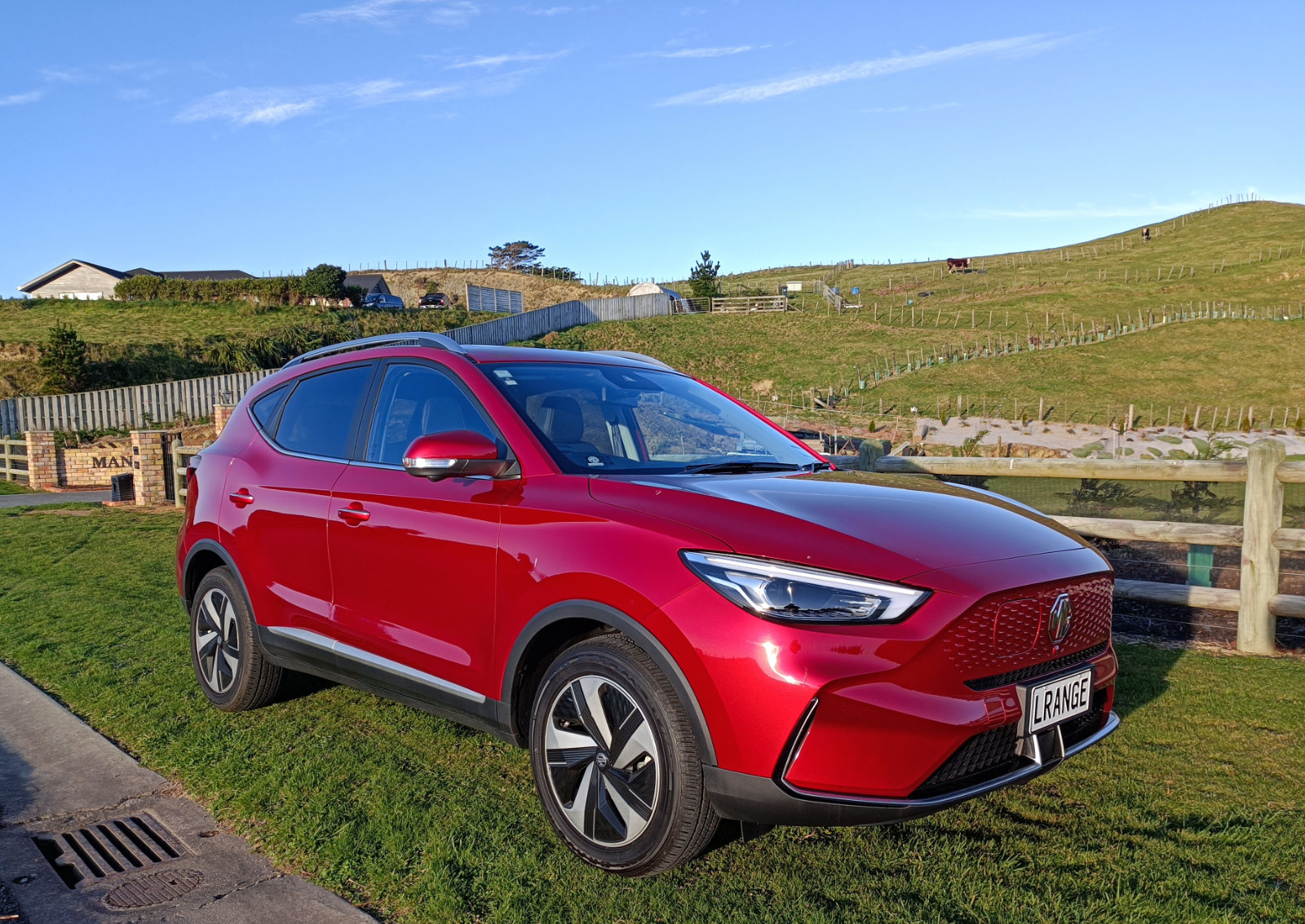
LIVING MG has released its most compelling ZS EV yet: one with 440 km on a full charge. Jack Yan samples the latest in a theme
Photographed by the author
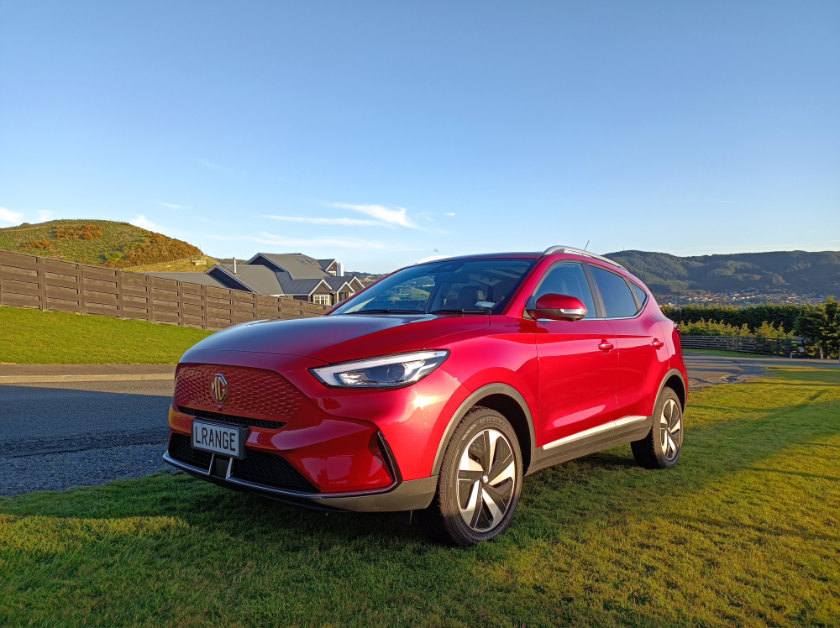
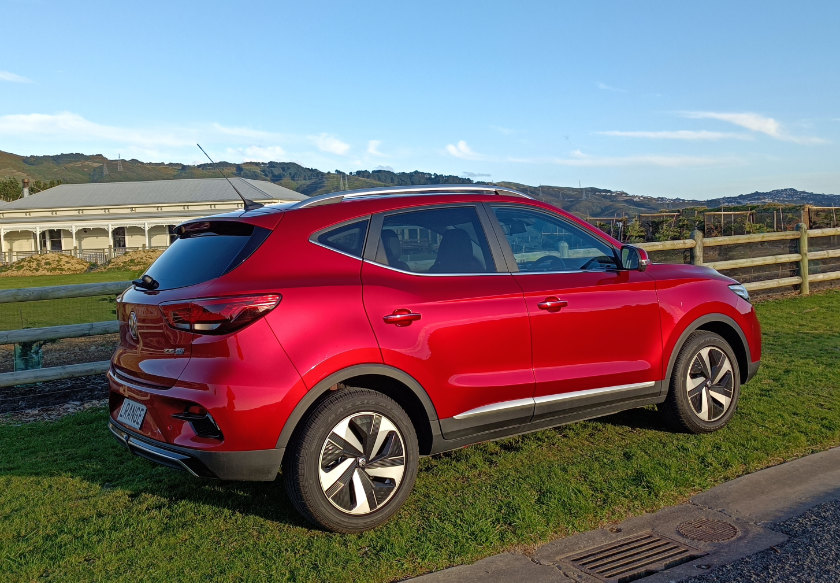
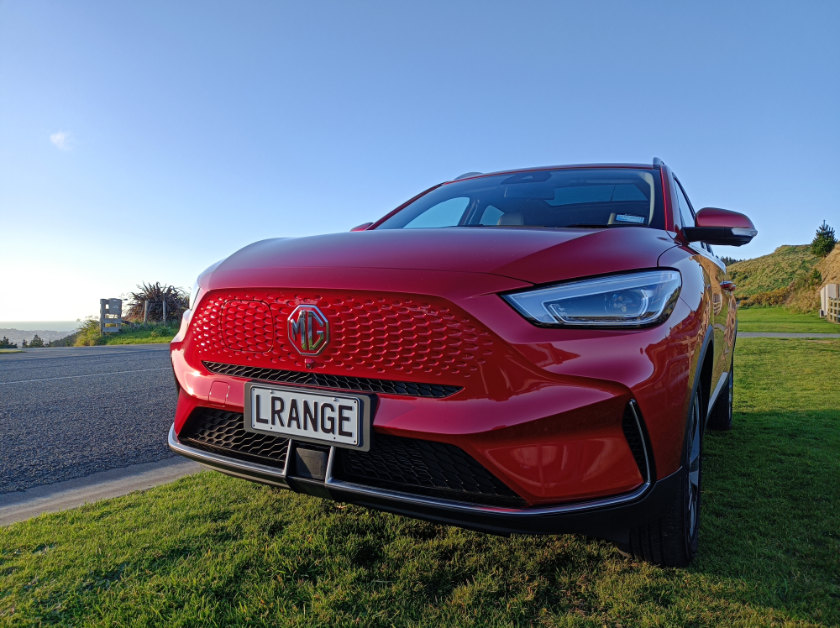
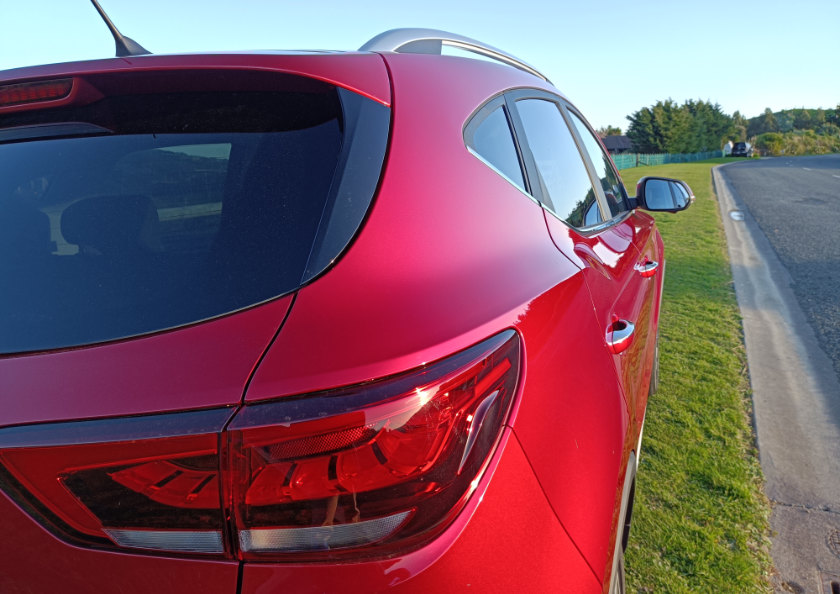
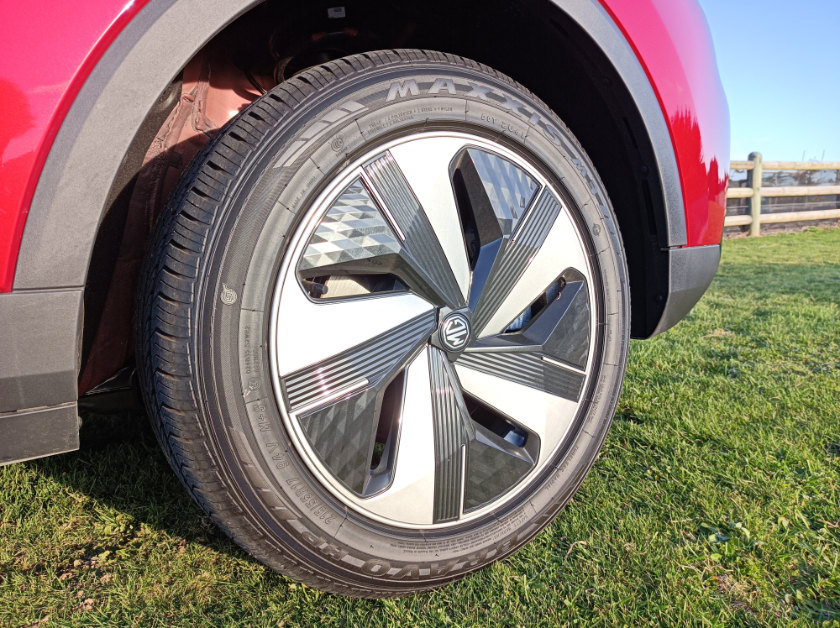
It’s not often we get to sample the same vehicle over three different versions, with facelift in between, but MG kept refining its dependable ZS EV that we found ourselves behind the wheel of its latest incarnation, the ZS EV Long Range.
It’s a testament to the pace of change in the Chinese “new energy” vehicle sector that MG can release updates so regularly. It’s also helped by parent company SAIC having far deeper pockets than MG’s last keepers, and staying competitive in what must be the world’s toughest car market.
Long Range is no misnomer here: MG claims 440 km from the larger 72 kWh battery. Comparing it to the original model, we saw 220 km from 44·5 kWh, and today’s regular model offers 320 km (WLTP cycle) from 51·1 kWh (gross figures).
The range was indeed so long that whenever we charged our ZS EV, we never saw 100 per cent on the battery. It was delivered to us with 73 per cent charge, which we managed to get to 79; on a home charger, MG estimates that you need 10½ hours to get it to 100. Because we were so comfortable with 79 per cent allowing 292 km, we never had the range anxiety that we had with other EVs that maxed out at 200 km. Charging it up for six hours—if that—or not charging it at all some nights became a reasonable option. Fast charging at 50 kW, where available, can get you to the 100 per cent mark in half an hour.
For a mere NZ$59,990 (eligible for a NZ$7,015 clean car discount), MG has cured EV range anxiety for a big chunk of the population.
Measuring it out, 440 km will get you from Wellington to just shy of Rotorua on State Highway 1. As the crow flies, Wellington to Tauranga is around 415 km.
We weren’t expecting many changes compared with the last ZS EV we tested, but there were some. As the new flagship of the ZS line-up, MG has made some changes to the Long Range. On paper, the bigger battery and a privacy rear window appear to be the two things on top of the (now mid-range) ZS EV Essence, which is already a reasonably well equipped B-segment crossover. (Think panoramic roof, seat warmers, rain-sensing wipers, decent infotainment and audio systems among the features.)
Inside, everything feels familiar, though we noticed that the seats were firmer this time round, and, as a result, less cosseting. They still had the premium synthetic leather with red stitching, and the cabin itself remains an inviting place to be. For a so-called budget EV, this is a well screwed together interior. The instrument panel and central screen have the upgrades that we saw earlier with the facelift, and they are logical and æsthetically pleasing.
On the road there were a few niggles. After firming up the suspension with the ZS EV Essence tested earlier, making it more of a driver’s car, the Long Range is softer again. MG’s local dealer, Gazley, said this was in response to customer preferences, which is believable: those who opt for a ZS aren’t going to be flinging the car around B-roads. This is a crossover that can take you from town to the suburbs and beyond, thanks to the extra range.
Ride has benefited a little from the suspension re-tune, but to us we prefer the Essence package we sampled earlier this year.
On State Highway 1 north of Wellington’s CBD, there’s a narrow stretch of motorway just after the Johnsonville off-ramp where MG’s lane-keep assist software didn’t like, and it took the right wheel over the cat’s eyes between the lanes. Fortunately, the feature is easy to turn off, by scrolling right from the home screen (it’s not immediately obvious there are more options, but there are plenty). In fact, we’d recommend keeping this off as the assistance can be strong, and the last thing you want to do is fight the software whilst driving.
The steering lacks feel but again it befits the urban status.
In line with this, peak power is down, too, from 177 PS (130 kW) to 150 PS (110 kW).
We completed our test with 15·7 kWh per 100 km in Eco mode.
If your driving style is economical, and you enjoy seeing how many kilometres you can get out of the charge, then the changes MG has made will definitely appeal. It’s even well geared for one-pedal driving with the braking resistance set to maximum. The firmer seats seem to be the only counterintuitive change to this mix.
Price-wise, it remains an incredible deal, and the Long Range puts its Korean rivals such as the Kia Niro and Hyundai Kona to shame with the suite of standard features.
We see so many ZSs on the road these days, even some run by a local taxi company, that buyers will feel confident that others have chosen theirs ahead of them. With crossovers remaining the shape of choice for so many buyers, MG has done incredibly well making the ZS mainstream. A decade ago it was still a niche player as SAIC went from reset to export.
We would still recommend the ZS EV Long Range as a great electric-car buy, though what we’ve really got our eye on is some internal competition.
The MG Mulan, or MG 4 as it’s known everywhere outside China, is a hatchback about the size of a Volkswagen ID.3. And like the ZS, the price knocks its rivals out of the water. As a magazine that’s publicly questioned the SUV or crossover as the most efficient form of transportation, a hatch with a lower centre of gravity instantly appeals.
MG may well have set us up for very high expectations given how it has taken the ZS into the EV top-seller lists.
We get that the crossover buyer and the hatchback buyer are two different animals. And there MG may have nothing to fear from cannibalization. As trends go, we think the market might be ready for the next big thing, and it seems this almost century-old brand has us covered, no matter which way we shift. •
Indeed, is MG already a century old? Founder Cecil Kimber’s Old Number One, a purpose-built sports, dates from 1925, but there was always a debate whether that was the first MG. Kimber had made modified Morrises for years before Old Number One made its first appearance at the 1925 Lands End Trial.
The first cars Kimber built whilst at Morris Garages date back to 1922. The first special-bodied Morris cars marketed by Morris Garages appeared in 1923, while the MG name first appeared in reference to a four-door saloon on a Morris Oxford chassis in 1924. MG Motor today uses 1924 in its marketing, which seems reasonable as SAIC is measuring the age of the marque itself. The MG Car Company was formed in 1928.
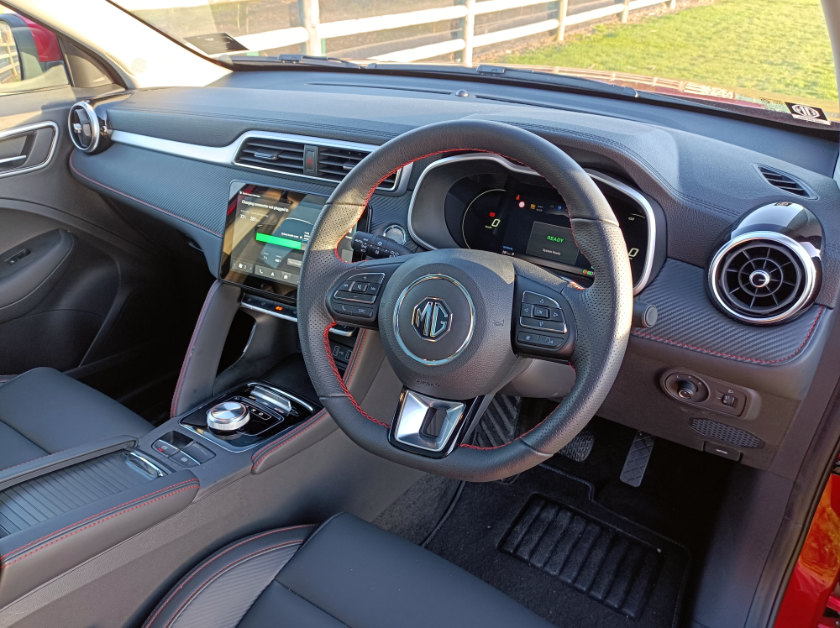


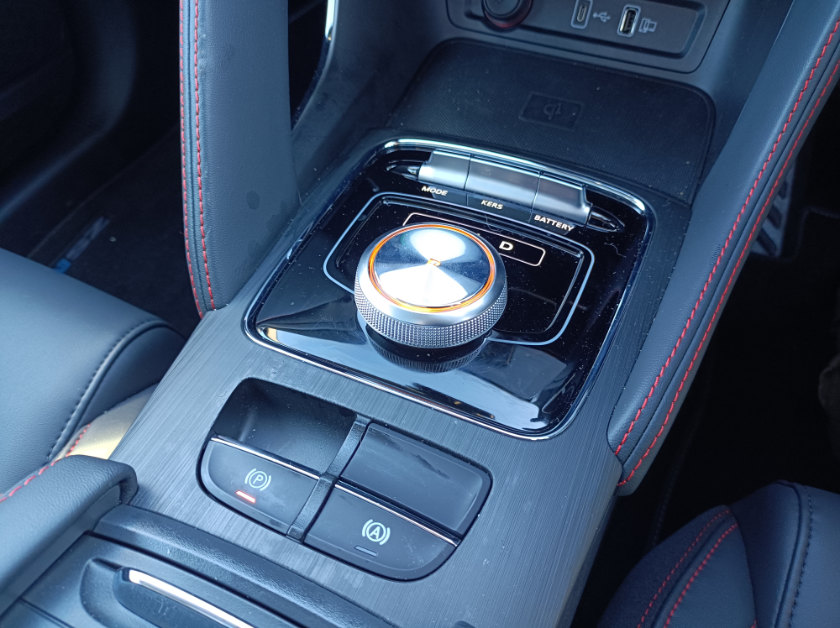
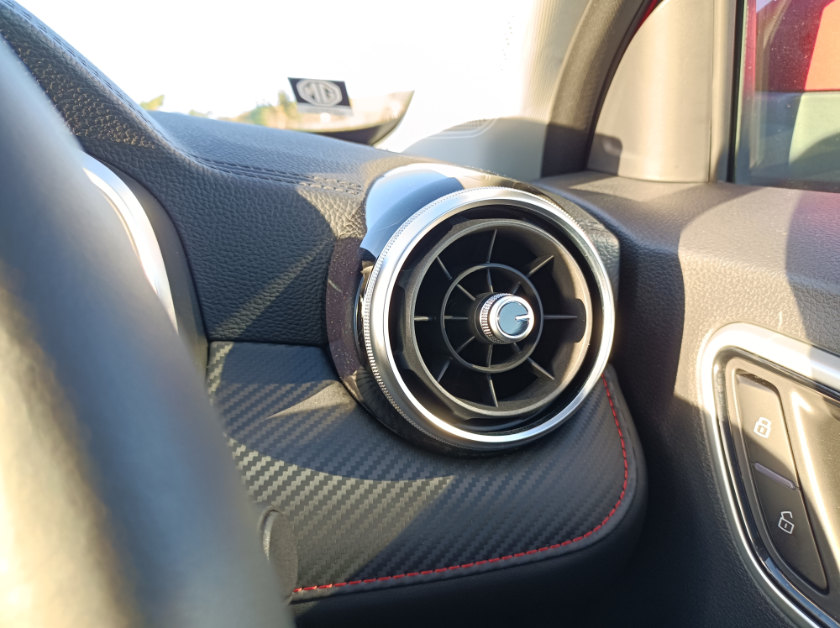
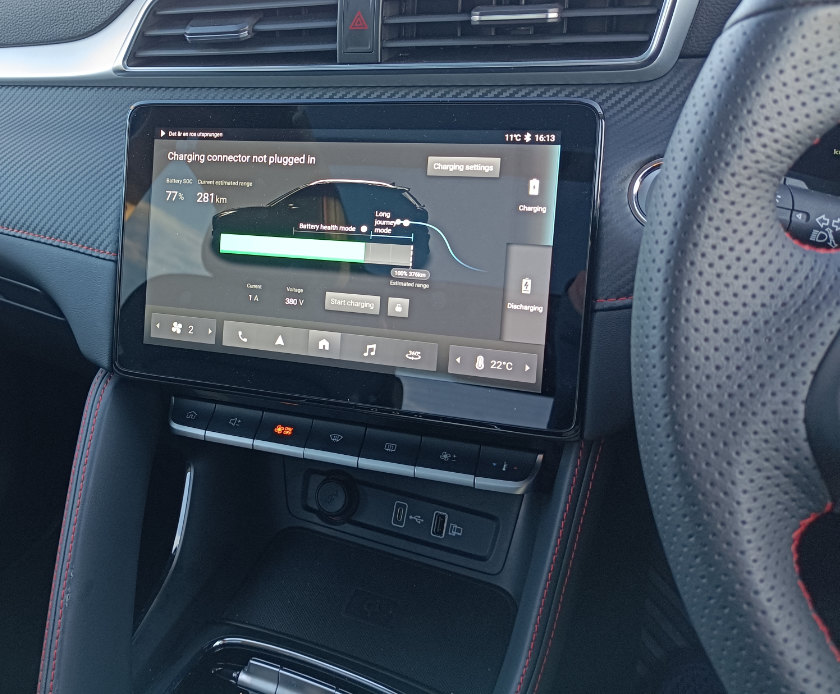
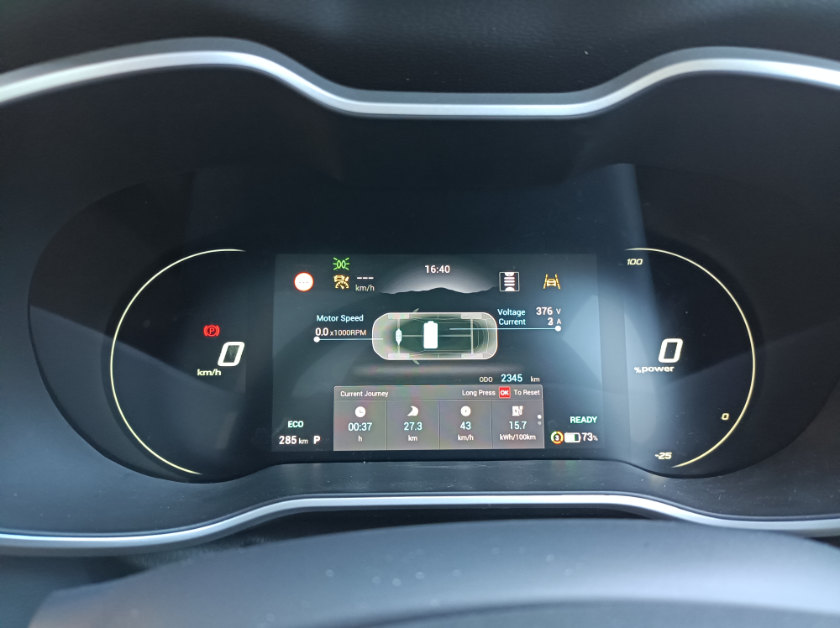
Jack Yan is founder and publisher of Lucire. You can get more info about the MG ZS on Autocade.
Related articles hand-picked by our editors

An even more convincing EV case
MG�s ZS EV starts, after the government rebate, at NZ$41,365, making it a very compelling entrant—more so than the 2021 model which we already thought highly of.�Jack Yan explains
Photographed by the author
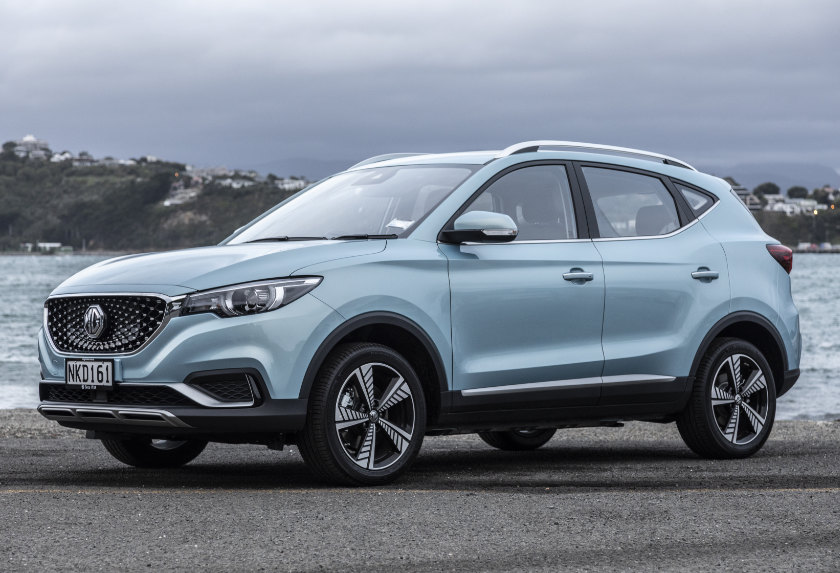
Getting on the electric ladder
New Zealand’s best priced electric car is MG’s ZS EV. Is it a sensible way to get into emissions-free motoring? Jack Yan finds out
Photographed by Stuart Cowley
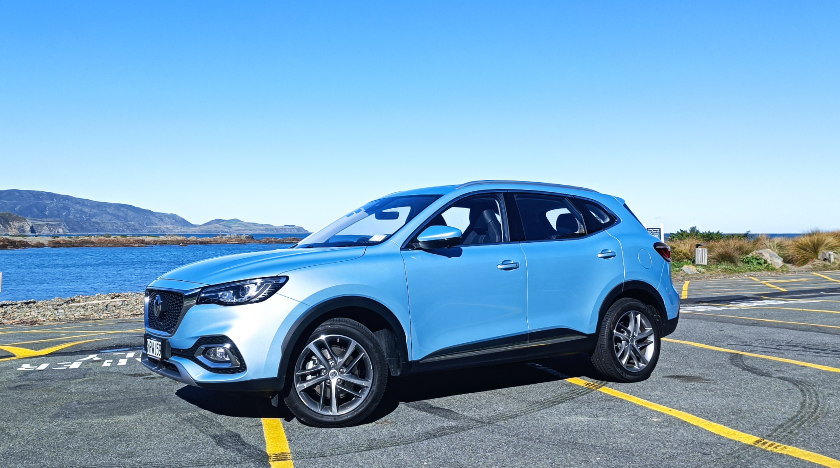
Best of both worlds
Not ready to go full EV? MG’s plug-in hybrid, the HS Plus EV, is a very convincing C-segment crossover that blends the best of both worlds, writes Jack Yan
Photographed by the author